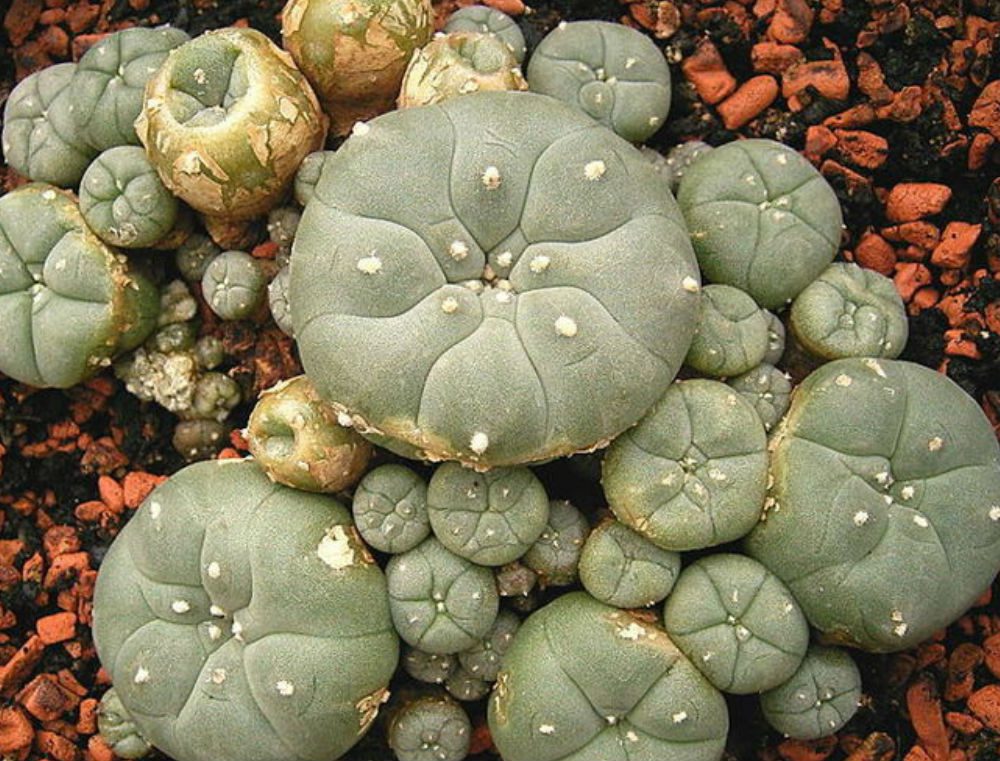Uncategorized
The Ultimate Guide to Mescaline Extraction: Understanding Psychedelic Cacti and Their Potential
Introduction
Mescaline, a potent psychedelic compound, has long fascinated those interested in altered states of consciousness. Derived from various species of cacti, mescaline is known for its profound effects on perception, mood, and cognition. This guide will provide an in-depth look at how to extract mescaline from cacti, explore the nature of the mescaline drug, identify cacti that contain mescaline, and discuss the broader world of psychedelic cacti.

1. Understanding Mescaline
Mescaline is a naturally occurring psychedelic alkaloid found in several cactus species. Its use dates back thousands of years, primarily among indigenous peoples of the Americas, who utilized it in religious and spiritual ceremonies. Mescaline is classified as a hallucinogen and acts on the serotonin receptors in the brain, leading to altered sensory perception, profound emotional experiences, and enhanced introspection.
2. Mescaline Extraction: The Basics
Extracting mescaline from cacti involves several steps, from preparing the plant material to isolating the compound itself. Here’s a simplified overview of the process:
2.1. Choosing the Right Cactus
The primary cacti used for mescaline extraction are the Peyote cactus (Lophophora williamsii), San Pedro cactus (Echinopsis pachanoi), and the Peruvian Torch cactus (Echinopsis peruviana). Each of these cacti contains varying concentrations of mescaline, with Peyote typically having the highest concentration.
2.2. Harvesting and Preparing the Cactus
- Peyote: Peyote is a small, button-like cactus that grows close to the ground. Harvesting involves cutting the tops off the cactus while leaving the roots to regenerate.
- San Pedro and Peruvian Torch: These are columnar cacti that can grow quite large. The entire cactus can be harvested, but typically, only segments are used.
Once harvested, the cactus should be cleaned and cut into smaller pieces. The outer skin is usually removed, and the remaining flesh is diced or shredded.

2.3. Extraction Process
The extraction process generally involves:
- Drying: The cactus material is dried thoroughly, either by air-drying or using a dehydrator.
- Grinding: Once dried, the cactus is ground into a fine powder.
- Extraction: The powdered cactus is mixed with a solvent, such as water or an alcohol-based solution, to dissolve the mescaline. This mixture is then filtered to remove solid particles.
- Concentration: The filtered liquid is concentrated, often by evaporating the solvent, leaving behind a mescaline-rich extract.
2.4. Purification
To ensure purity, the extract may undergo additional purification steps, such as acid-base extractions or recrystallization. These steps help isolate mescaline from other compounds present in the cactus.
3. Safety Considerations
Extracting mescaline is a complex process that requires precision and care. Mescaline is a controlled substance in many countries, so it is important to be aware of local regulations and legal considerations. Additionally, handling chemicals and solvents requires proper safety equipment and knowledge. It is advisable to consult with professionals or conduct thorough research before attempting extraction.
4. Mescaline Drug: Effects and Uses
Mescaline’s effects are known to be both profound and varied. Users often report:
- Visual and Auditory Hallucinations: Mescaline can produce vivid and colorful visual experiences, as well as altered auditory perceptions.
- Altered Sense of Time and Space: Time may seem to slow down or speed up, and spatial perceptions can become distorted.
- Enhanced Emotional Experience: Users often experience heightened emotions, introspection, and a deeper connection to their surroundings.
The effects of mescaline can last between 6 to 12 hours, depending on the dosage and individual sensitivity. Mescaline is also used in various therapeutic and spiritual contexts, where its ability to facilitate introspection and emotional healing is valued.
5. What Cacti Can I Buy with Mescaline?
If you’re interested in growing or purchasing cacti that contain mescaline, here are some key options:
5.1. Peyote Cactus (Lophophora williamsii)
- Description: Peyote is a small, spineless cactus known for its psychoactive properties. It has a history of use in Native American spiritual practices.
- Purchase: Peyote is often grown legally for ornamental purposes in some regions, but its cultivation and sale can be highly regulated.
5.2. San Pedro Cactus (Echinopsis pachanoi)
- Description: San Pedro is a tall, columnar cactus with a long history of use in South American shamanic traditions.
- Purchase: San Pedro is more widely available than Peyote and is often sold for ornamental use. However, its psychoactive properties are well-documented.
5.3. Peruvian Torch Cactus (Echinopsis peruviana)
- Description: Similar to San Pedro, the Peruvian Torch is another columnar cactus with significant mescaline content.
- Purchase: This cactus is also available from specialty nurseries and garden centers.
6. Psychedelic Cactus: A Broader Perspective
The term “psychedelic cactus” refers to cacti that contain psychoactive compounds, primarily mescaline. These cacti have been used in various cultural and spiritual contexts for centuries. Besides Peyote, San Pedro, and Peruvian Torch, other cacti like the Bolivian Torch (Echinopsis lageniformis) also contain mescaline.
6.1. Cultural and Spiritual Significance
Psychedelic cacti have played a crucial role in the spiritual and religious practices of indigenous cultures. They are used in rituals, ceremonies, and healing practices, often as a means of connecting with the divine or gaining insight into one’s inner self.
6.2. Modern Use and Research
In recent years, there has been a resurgence of interest in psychedelic substances, including mescaline, for their potential therapeutic benefits. Research into the use of psychedelics for mental health conditions, such as depression and PTSD, is ongoing. The psychedelic experience is believed to facilitate personal growth and emotional healing, which is why these substances are being explored in clinical settings.

7. Conclusion
Mescaline is a fascinating compound with a rich history and profound effects. Extracting mescaline from cacti is a complex process that requires careful preparation and adherence to safety guidelines. Understanding the different types of mescaline-containing cacti, their cultural significance, and the effects of the mescaline drug can provide a deeper appreciation of these remarkable plants.
Whether you’re interested in the historical use of psychedelic cacti or exploring their potential for personal growth and healing, it is essential to approach the subject with respect and knowledge. As interest in psychedelics continues to grow, ongoing research and cultural exploration will further illuminate the mysteries of mescaline and its role in human consciousness.
Feel free to let me know if you’d like any adjustments or additional details in this guide!
